Finding the perfect bra starts with knowing your correct size. How to Measure Breast Size for Bra accurately ensures comfort and support. Follow this simple guide to determine your band and cup size at home, and say goodbye to ill-fitting bras.
How to Measure Breast Size for Bra
The direction on how to determine your correct breast size is important since you want a bra that should still feel comfortable on you and have good support to offer. Follow these steps to measure your breast size at home.

1. Gather Supplies
- Soft measuring tape
- Non-padded bra or no bra
- Mirror (optional)
2. Measure Your Band Size
- Avoid wearing a brassiere with padding or better still do not wear any kind of brassiere. This also means that your parts are not likely to be ‘pumped up’ by any form of padding that may be in place.
- Self-positioning-Take a step back from the mirror with your shoulders back, and arms relaxed at your sides.
Firstly, using the soft measuring tape, you have to measure around your ribcage just under your bust. Ensure that the tape is tight but not overly so that it interferes with circulation. Make sure it resides on a parallel to the ground. - Rounding off an actual measurement accurately to the nearest whole number is not easy. This number is your band size This is a reference to the size of the band of the shirt and is generally found on the label.
3. Measure Your Bust Size
- Stand as straight as you can and put the measuring tape right from one underarm and pass it around the fullest part of your bust then bring it back to the same underarm.
- Make sure that the tape is horizontal and not pulled tight across the flat surface that it is affixed upon.
Retain the tape in position but do not compress your breasts or have any loose fitting tape. - Rounding to the nearest whole number means that if the decimal obtained by division is greater than or equal to 5, the whole number to be rounded is increased by 1, otherwise it remains the same.
4. Calculate How to Measure Breast Size
Take your bust measurement and deduct it from the band measurement. To determine your cup size, the difference between them is calculated.
Use the following chart to determine your cup size based on the difference
- 0-inch difference – The cup that is associated with anemia is the AA cup.
- 1-inch difference – A cup is a bowl-shaped, round container that is generally used to hold beverages such as coffee, tea, or soup in limited quantities and sizes.
Stem- A cup is a bowl-shaped, round object that is small in both size and volume and is chiefly used for holding liquids such as coffee, tea, or soup. - 2-inch difference –This Barbie doll demonstrates the B cup.
- 3-inch difference – It refers to the ‘C cup’.
- 4-inch difference – Commercialization of breasts is complemented by the D cup as the ultimate top specification for the models.
- 5-inch difference- D-cup (or E)
- 6-inch difference- Complex asset pricing may be termed as DDD (or F) cup.
And so on.
5. Determine Your Bra Size
-
To determine the size of your breasts first identify the measurement equivalent to your band size and combine it with the cup size to get the correct size of your bra. For instance, if your band size is 34 inches and your bust size is 37 inches, then the appropriate bra size would be 34C.
Tips for Accuracy
Measure in front of a mirror to ensure that the tape is straight and parallel to the ground.
Ask someone to assist you with more accurate measurements, especially for the bust measurement.
Ensure that the measuring tape is snug but not constricting. Take multiple measurements to confirm accuracy.
Types of Bra (22 Listed)
There are various types of bras designed to suit different body types, outfits, and activities. Here’s an overview of some common types of bra.
1. T-shirt Bra
- Silicone cups for optimum projection and flawless shape, especially under mode and tight clothing.
- This is a type of lightweight synthetic fabric underwire cup that provides support that is sewn onto the lining and provides extra coverage for those who want to minimize the appearance of their bust.
- Ideal for everyday wear.
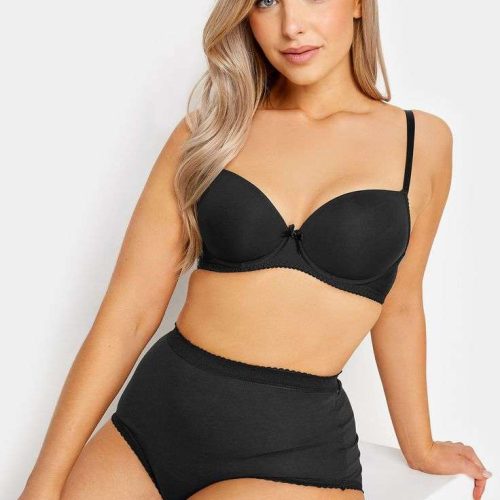
2. Push-Up Bra

- Bra wire cups with extra padding are brought in at the base or side to push and reshape the breasts.
- Dimensions are the foam padding that wraps around the bust to give a more enhanced look and feel.
- It’s perfect if you think of low-necklines, low-back dresses, or low V-neck tops.
3. Strapless Bra
- MSRs are designed without shoulder straps to be worn with strapless or off-shoulder dresses.
- Has an abrasive surface or silicone or gripper strips to avoid slipperiness.
- May have an underwire or cup arranged for support.
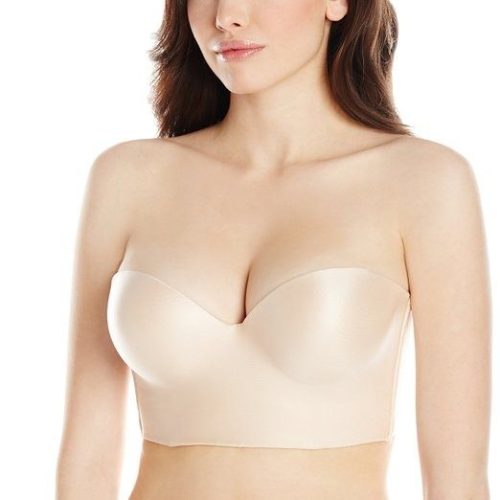
4. Sports Bra
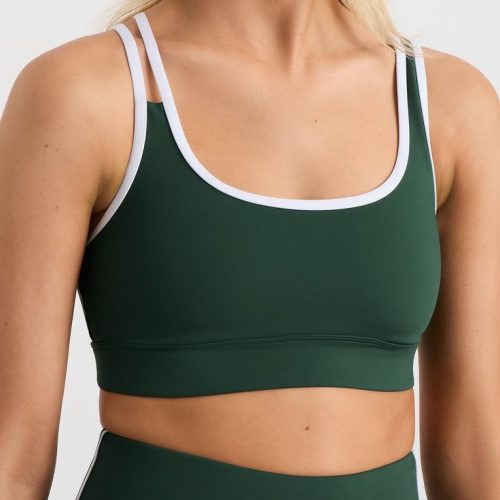
- DCUP offers great support and minimizes breast bouncing during exercise routines.
- Constructed of fabric that is used for its wicking capabilities and the mesh ventilation panels.
- All four types of formats come in three flavors that include compression and encapsulation levels.
5. Bralette Bra
- Wireless Smooth modern bras do not have underwires and/or cups that are sewn on the sides.
- Has a slimming effect and provides a negligible amount of compression for support without constricting the body.
- customarily part lace, or some other suitable materials for fabric layering or for sitting around in.
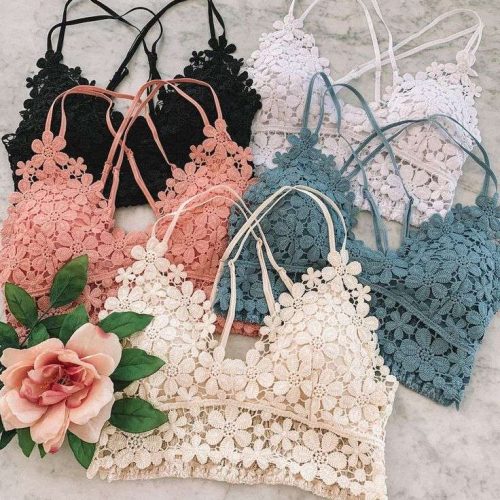
6. Balconette Bra
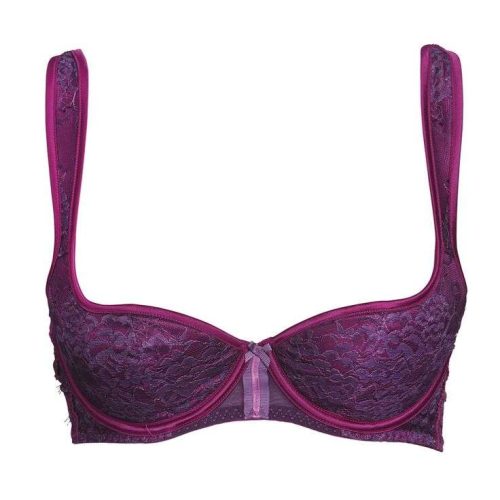
- It also offers a slightly lower coverage compared to full-coverage bras and features cups to support and contour the bust.
- It has burst-like wide-set straps and a horizontal neckline that ensures that it offers a wide, thigh-baring V-shaped décolletage.
- Best for pants with low cuts or shorts, skirts, and the middle sections of dresses.
7. Plunge Bra
- Is a strapless body-can dress that has a V-like back as far down as the belly button and has a deep v-neckline that can easily blend with low-cut blouses or dresses.
- For support and a boost to the bustline, there is no better option than this type of bra.
- It may have an additional push-up padding to enhance the appearance.
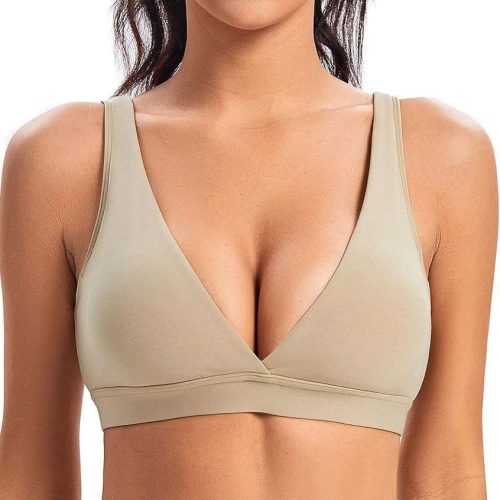
8. Convertible Bra
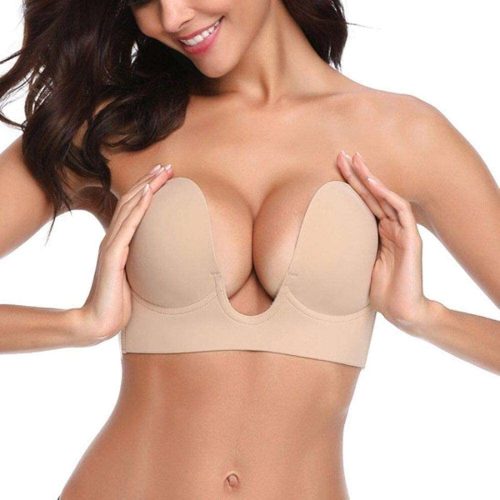
- Straps that can be fastened to be worn in that conventional manner, diagonally, as a halter or completely off the shoulders, strapless.
- This style can very well be paired with different outfits and neckline of the dress.
9. Minimizer Bra
- These are intended to minimize the size of the bust while distributing the breast tissue evenly.
- It should be an elastic band with full coverage despite the supportive cups, which lift up and shape the breast without the additions of any extra volume.
- Perfect for full-figured women and avoiding that dreaded ‘spillage’ look.
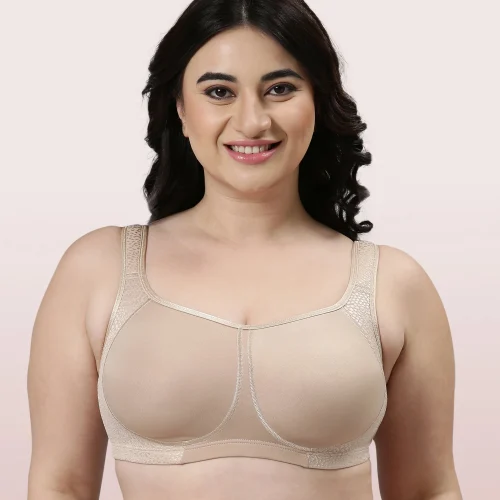
10. Nursing Bra
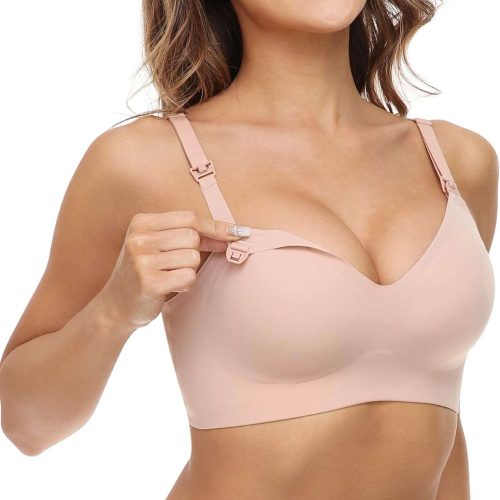
- Ideal for women who are still breastfeeding their babies, the cups have a feature where they can be opened to allow the baby to feed directly on the mother’s breast.
- Comes with cushioning, non-slippery bottoms, and armrests to allow ease in feeding.
- It can also be categorized as wireless, underwire, and sleep brassieres.
11. Racerback Bra
- Has broad straps that extend across the shoulders joining at the back, giving it a racerback look.
- Helps to adjust the shoulders and prevents straps from sliding off the shoulders.
- Ideal for exercise and fitness wear, sports bras, and backless dresses and tops.
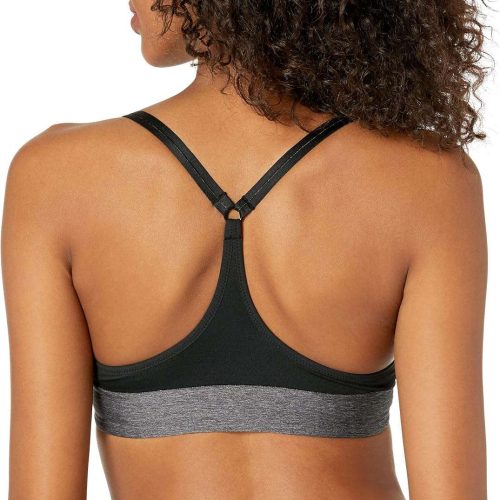
12. Longline Bra
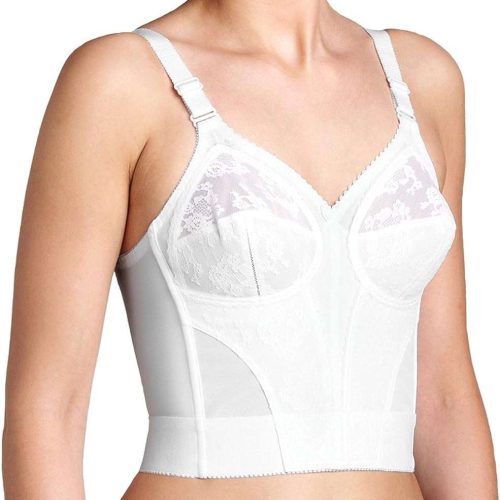
- Further down the torso, it is slightly chunkier to give some more support and cleverly disguises the stomach area.
- Can have wired or ladder straps and/or boning or shaping panels for added structure; has a somewhat vintage aesthetic.
- Recommended to be worn for festive events or when the outfit that is to be worn underneath the suspenders is tight.
13. Demi Bra
- Has cup size which extends approximately from halfway down the bust to the three-quarter level.
- Offers less coverage and a deeper V shaped V-shaped compared to the full coverage bra.
- Push-up V-shaped neckline push-up V-shaped promotes a clear curve and gives a natural push-up V-shaped.
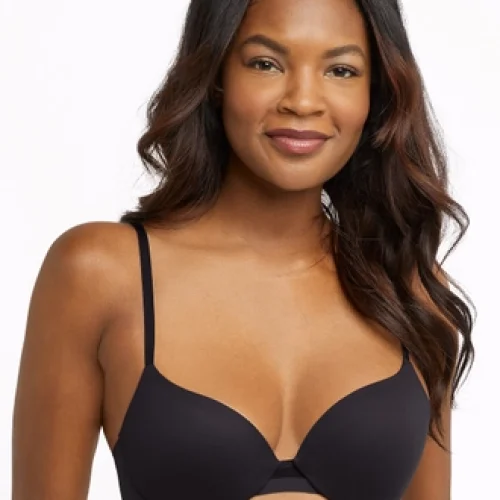
14. Adhesive Bra

- Its design remains strapless and backless and most of these garments stick to the skin using some kind of medical-grade adhesive.
- It also gives support and coverage without straps or bands which are potentially uncomfortable to the ears.
- They come in handy if you are planning to wear backless or low-back dresses and clothes.
15. Mastectomy Bra
- This has been done with much attention to women who have been subjected to mastectomy or any style of breast surgery.
- It has pockets for the breasts or prostheses: mammary prosthetic or mastectomy.
- Breast Cancer awareness Nice for post-surgery outfits Comfortable support and boosts confidence.
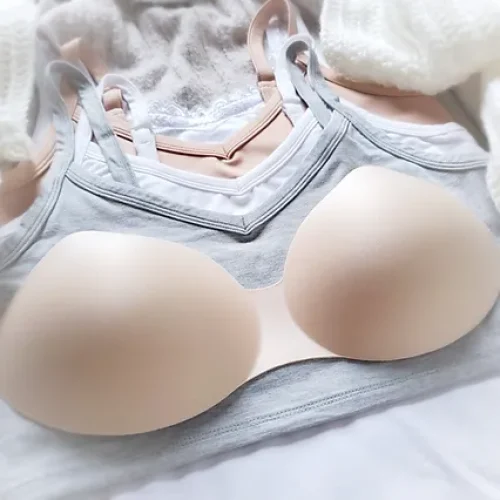
16. Front-Closure Bra
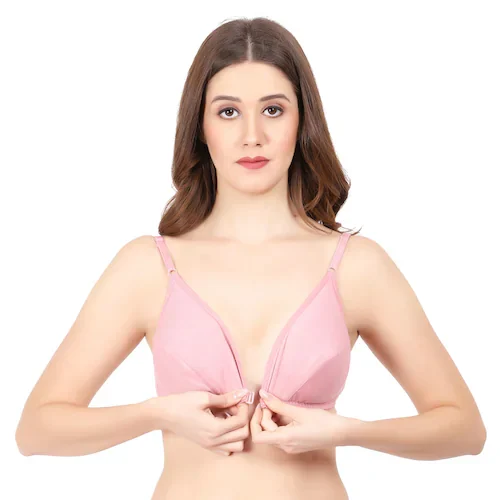
- These garments have clasps at the front which either have a hook-and-eye or a zipper.
- It is also ideal for people who may find it hard to walk or bend when carrying out certain activities.
- It has a plain back without the straps or hooks that adorn many lingerie.
17. Wireless Bra
- Also do not contain underwire to ensure comfort and flexibility during movement is not hampered.
- Fits lightly and provides support with gentle seaming, padding, or cups that are moulded.
- Molded Making bras easy to remove – a great invention, perfect for girls who do not like underwire at all or feel uncomfortable wearing it.
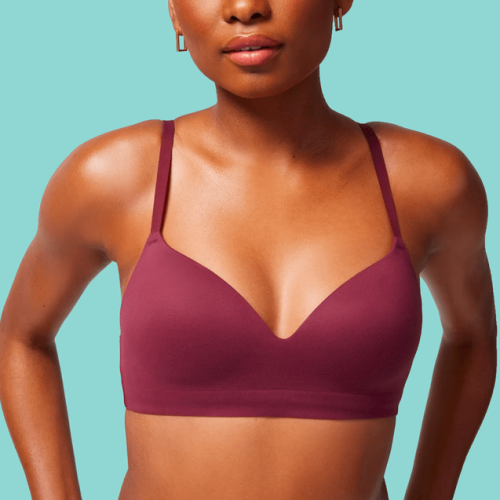
18. Stick-On Bra
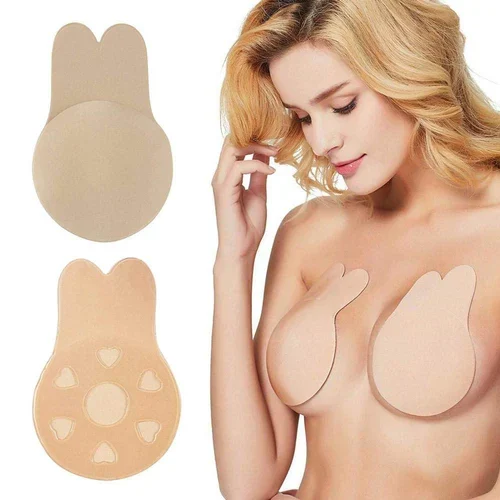
- This is very similar to adhesive bras but comprises two separate cups that are individually stuck on the breasts.
- Designed to provide lift and support though giving no backing or using any straps.
19. Full-Figure Bra
- Made for women who have larger cups as well as those who possess fuller or curvy figures.
- It has vast provision, backup, and coziness as a shoe for wearing it for an extended period.
- Cups have extra-wide straps, stronger under-bands, and ESE cups.

20. Sleep Bra

- Designed for night wear, this features a comfortable bralette style to prevent discomfort while wearing it at night.
- A simple and delicate design for the bust not equipped with underwire or fasteners.
- Reduces the amount of palapa size and regenerative breast movement during sleep to reduce and lessen discomfort.
21. Nursing Sleep Bra
- Rather like a sleep bra, the nursing bra is intended for mothers who continue breastfeeding their babies beyond nighttime.
- For nursing, the shells come with clips or pull-aside cups meant to facilitate easy breastfeeding.
- Helps relieve some of the pressure placed on your arms when nursing during the night.

22. Padded Bra
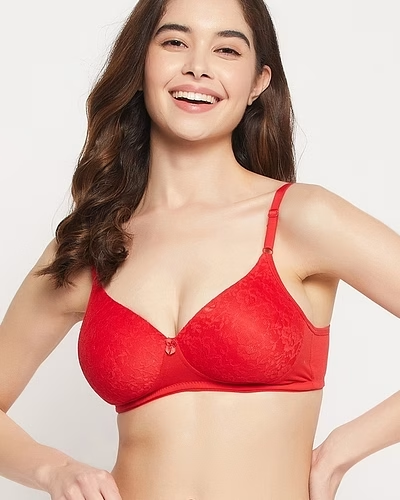
- Comes specifically with foam or silicone cups for improving the look of the busts.
- Added extra material for fullness, cut, and sewn on the outside with covers for the breast, thigh, and buttock areas.
- Able to come in several degrees of padding, these range from lightly padded furniture to fully cushioned furniture.
This article is arranged by categories to fit the needs of the women, casual or occasions wear or even a nursing or post- surgery wear bras are available in the market to suit the women. The idea of trying and testing various styles for some time just makes a lot of sense if it ensures the right fit, comfort and support for the body built and the way one leads his or her life.
How to Measure Breast Size for Bra (FAQ)
A well-fitting bra should feel snug but not tight around the band, with the underwire or bottom of the bra sitting flat against your ribcage. The cups should fully contain your breasts without any spillage or gaps.
It’s recommended to measure your breast size every six months or whenever you notice significant changes in your body, such as weight fluctuations, pregnancy, or breastfeeding. This ensures you’re wearing the correct size for optimal comfort and support.
It’s common for women to have slightly asymmetrical breasts, with one breast being larger than the other. In this case, fit the bra to the larger breast and use adjustable straps or inserts (like bra pads or cookies) to even out the appearance if desired.
If you experience discomfort while wearing a bra, it may indicate an improper fit. Consider reassessing your bra size and trying different styles or brands. Common signs of an ill-fitting bra include digging straps, riding up back bands, or discomfort in the underwire.
Bra sizes may vary slightly between brands due to differences in manufacturing and design. It’s essential to try on bras from different brands and styles to ensure the best fit. Don’t hesitate to ask for assistance from a fitting specialist when shopping for bras.

